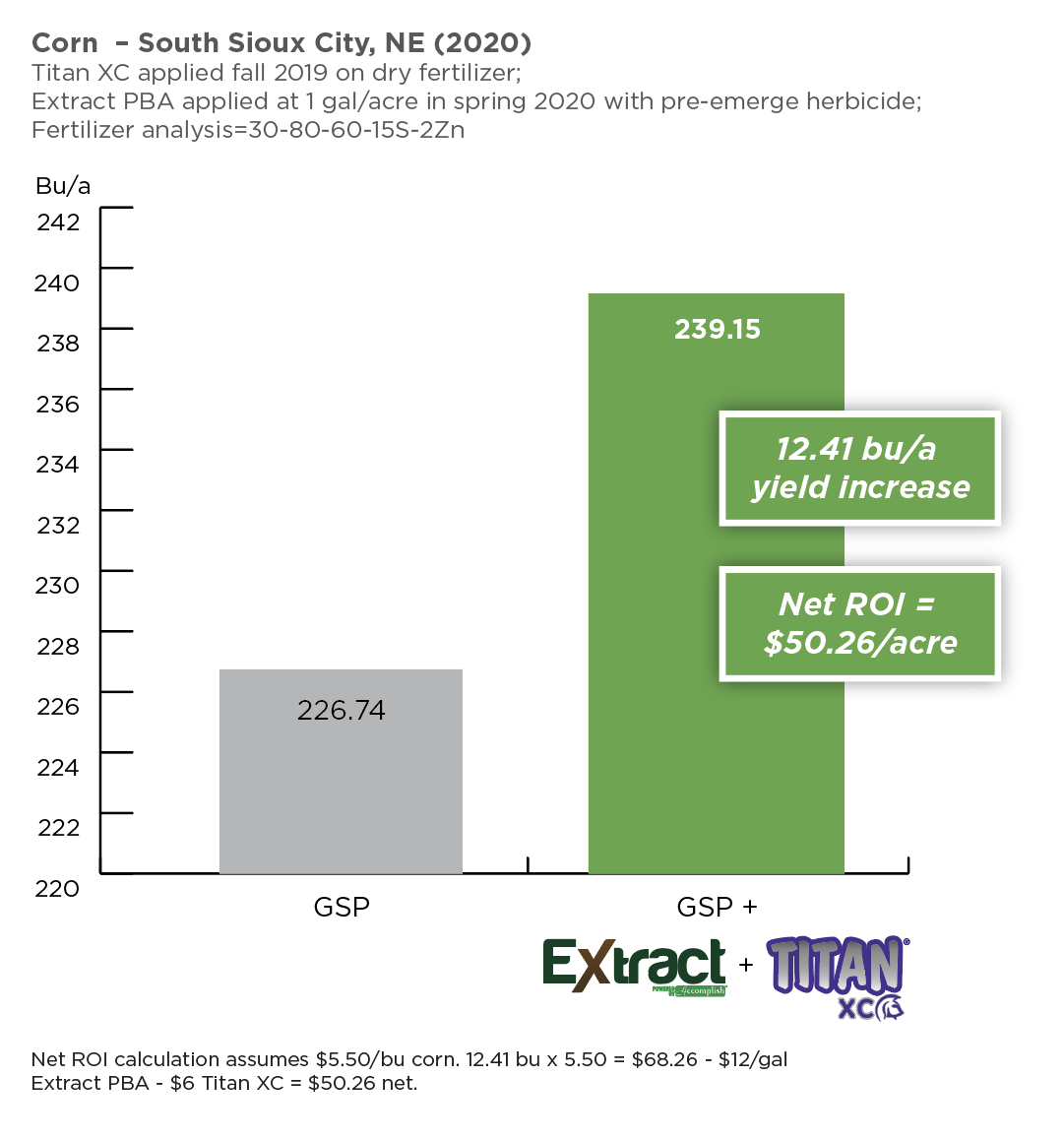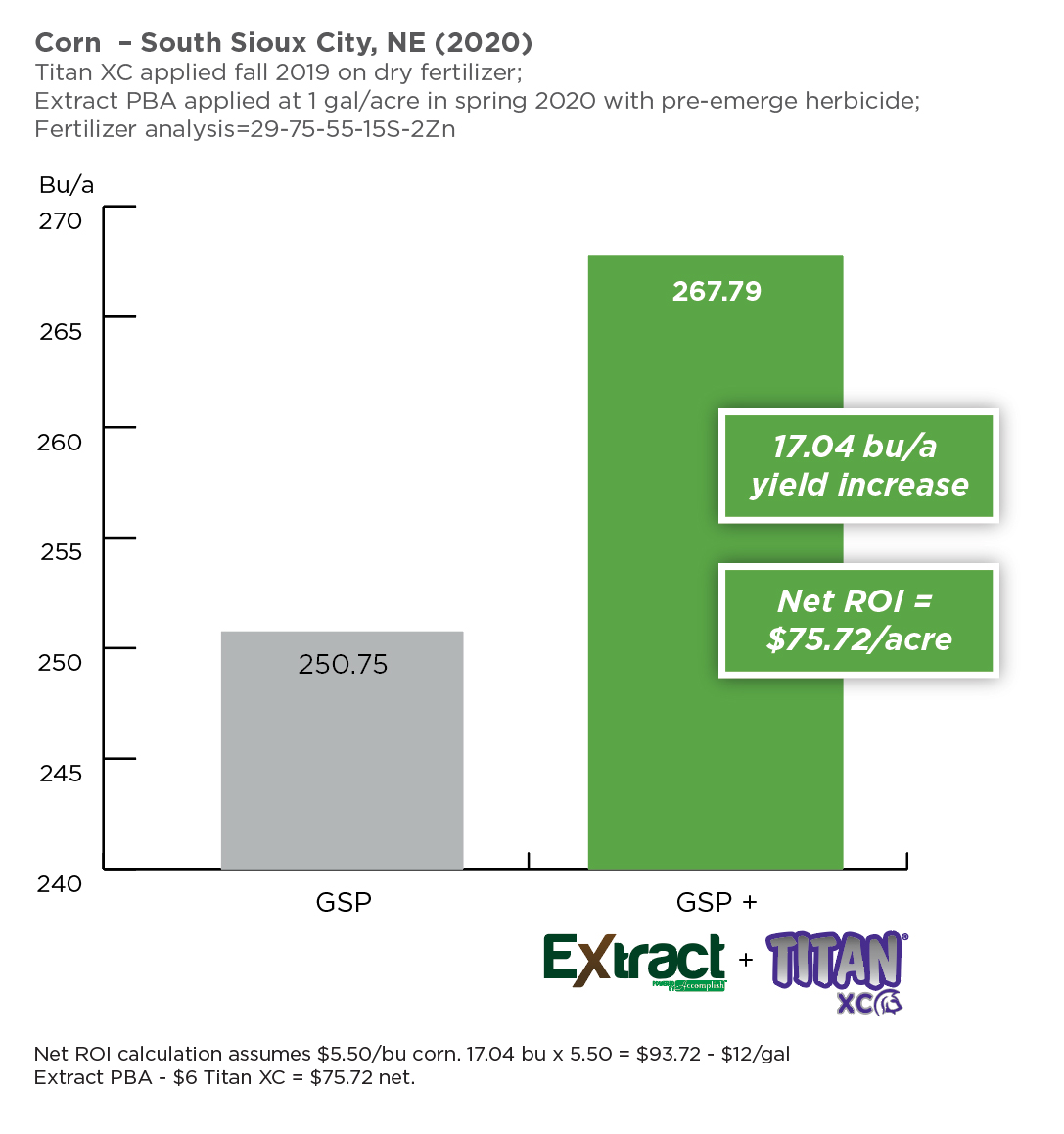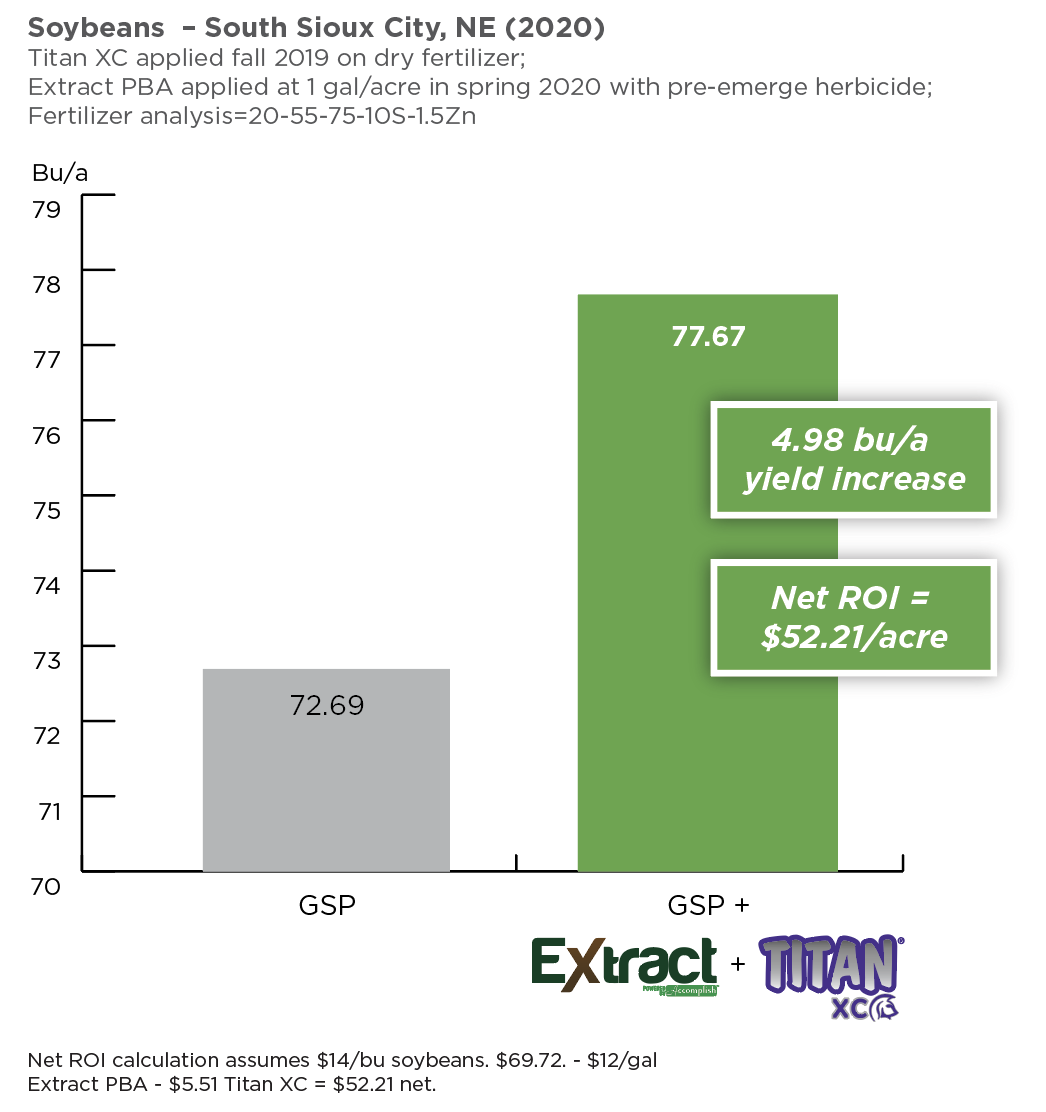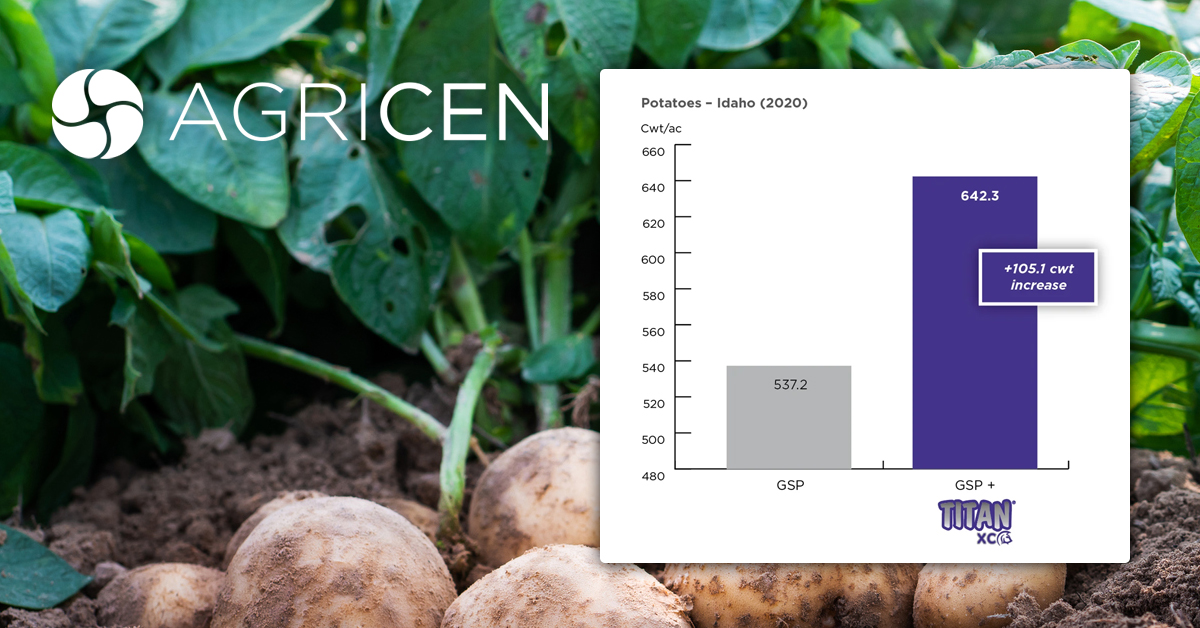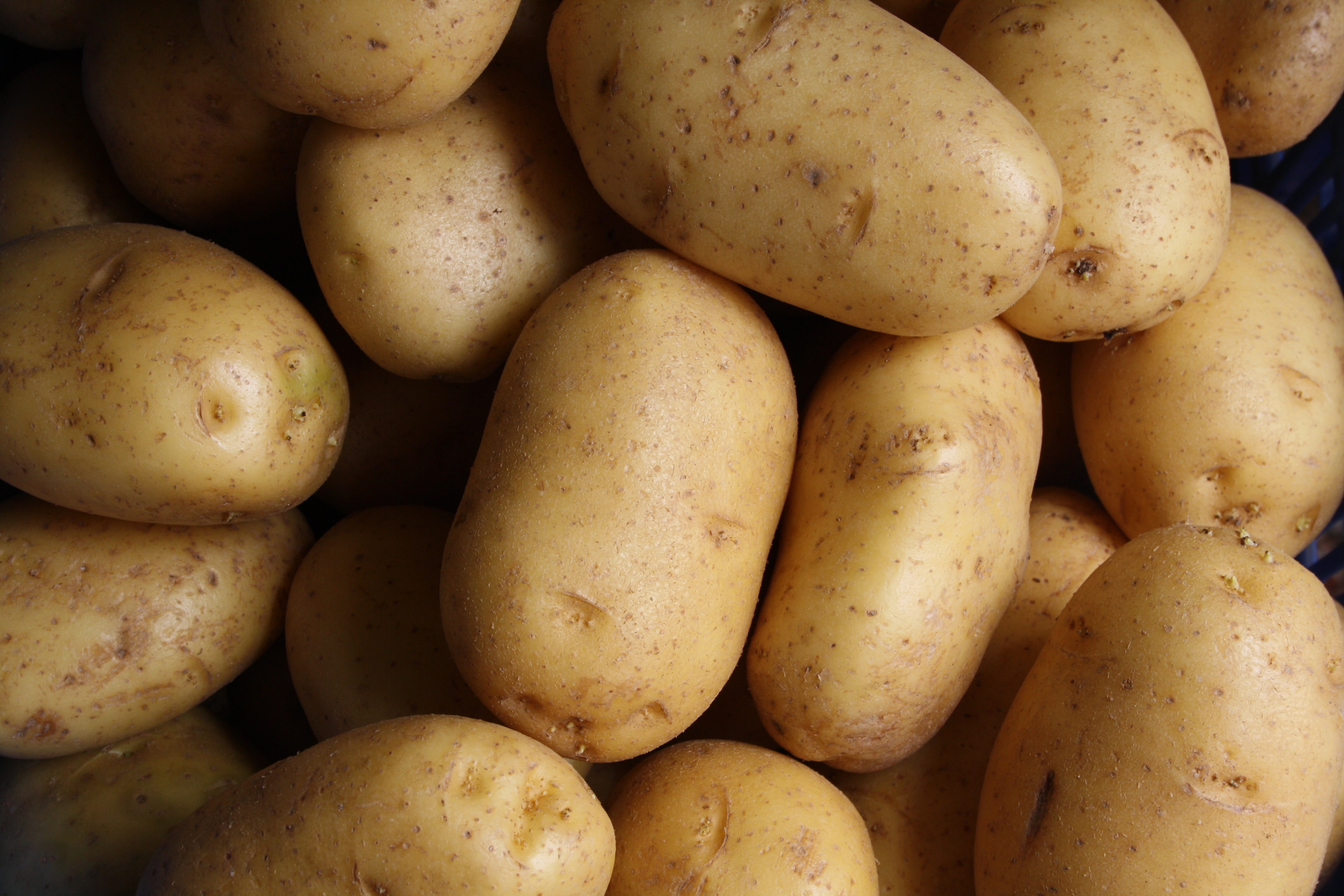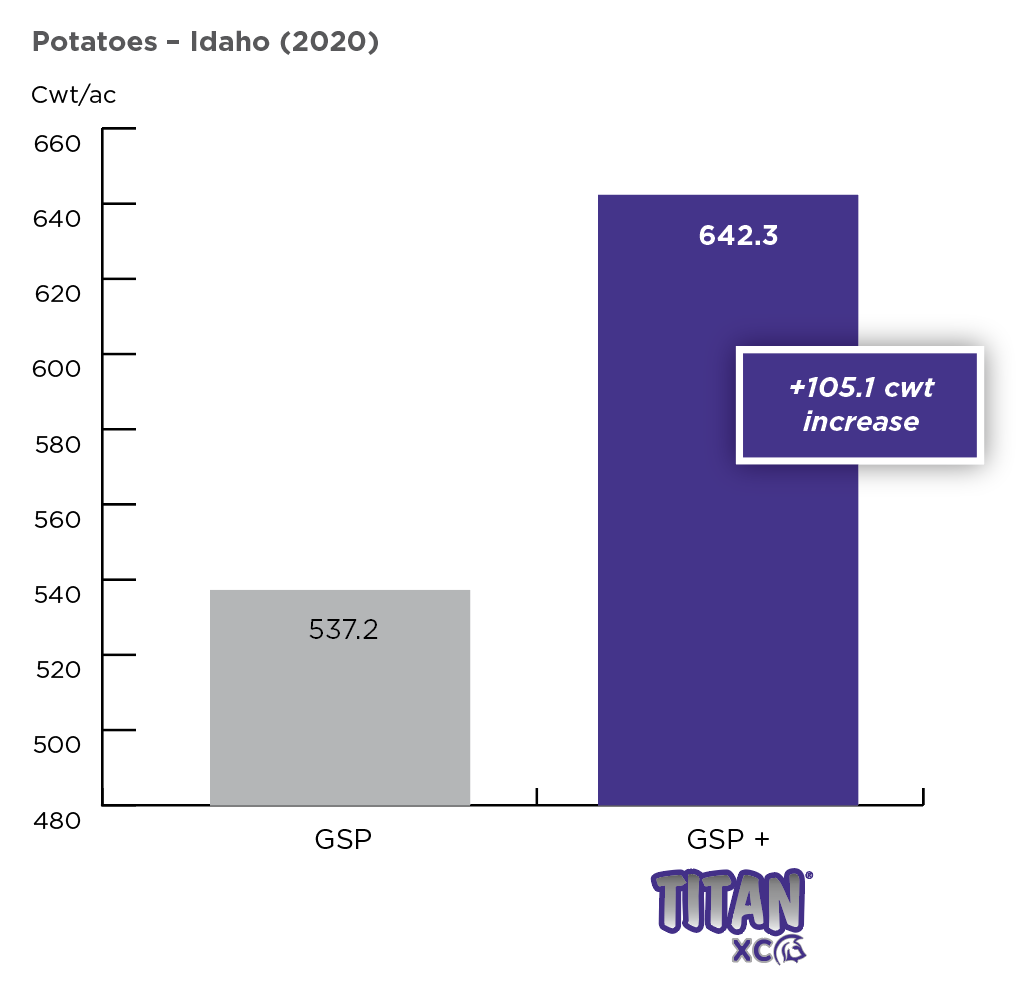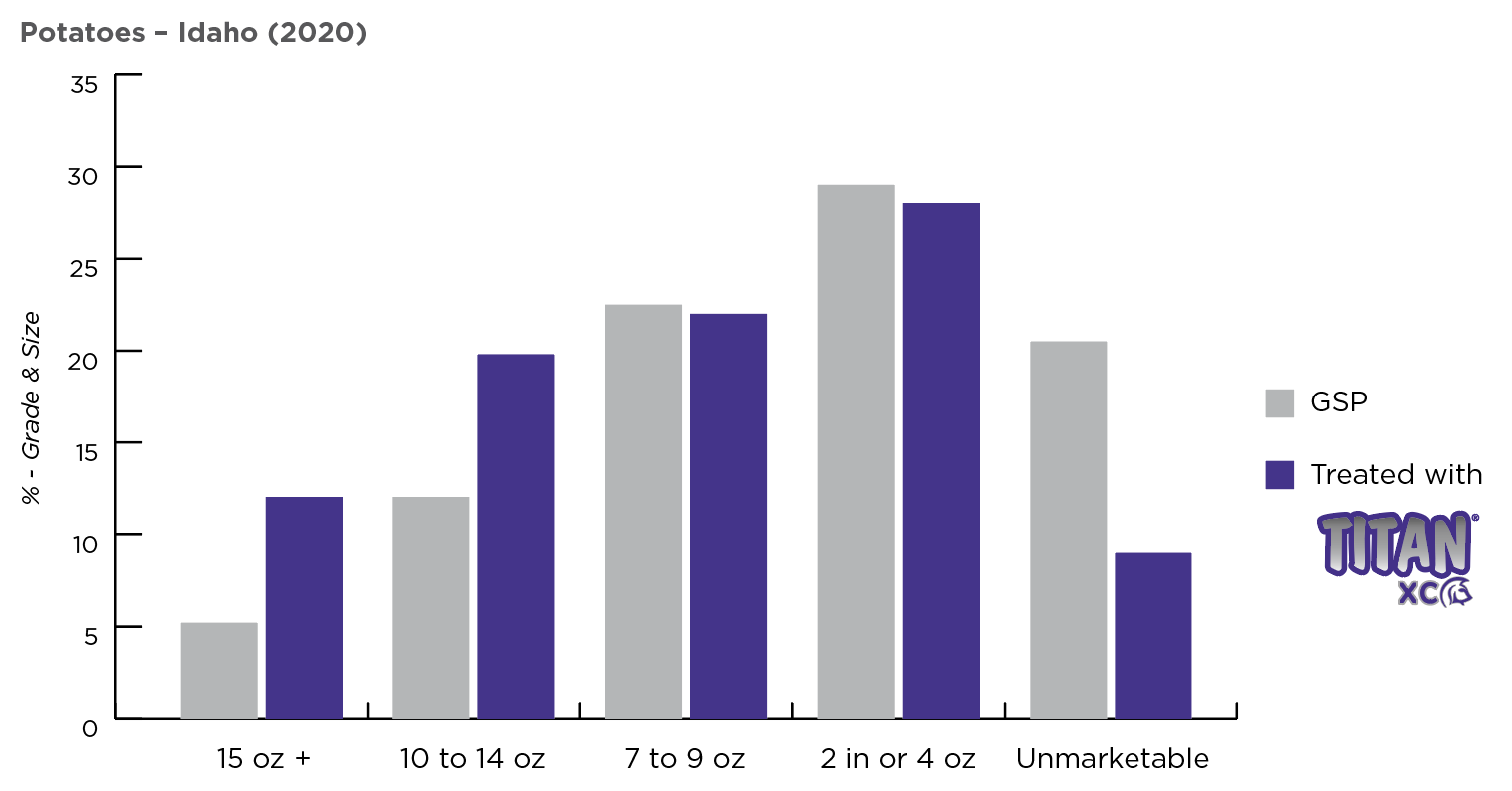 With fall fertilizer season approaching, Agricen’s Scott Lay spoke with WITY Radio about using TITAN XC to get more efficiency and return on investment out of dry fertilizer applications.
With fall fertilizer season approaching, Agricen’s Scott Lay spoke with WITY Radio about using TITAN XC to get more efficiency and return on investment out of dry fertilizer applications.
Dennis - WITY Radio: I think TITAN XC is going to be a great addition to producers' game plans here in the fall.
Scott - Agricen: TITAN XC has been available for about 10 years now. With each successive fall, use increases as folks better understand the benefits of what a fertilizer efficiency technology can provide for their operations.
Dennis - WITY Radio: You guys have a track record of treating so many acres.
Scott - Agricen: We will treat nearly 10 million acres’ worth of dry fertilizer in the calendar year 2022. In the University of Illinois trials that we’ve conducted since 2011, the average yield response to adding TITAN XC to a dry fertilizer program is about 4 bushels per acre of increase in soybeans and nearly 10 bushels per acre of increase in corn. With those types of results, we continue to find new farmers who recognize the value of TITAN XC, and we’re happy to provide a cutting edge technology for their operations.
Dennis - WITY Radio: TITAN XC is about using your fertilizer input more efficiently. But if you’re using it more efficiently, you might be able to reduce the amount of fertilizer you’re applying without hurting your bottom line.
Scott - Agricen: Imagine you go to the grocery store to purchase orange juice, but all that’s available is oranges. You need to convert the oranges to orange juice. Think about that in terms of dry fertilizer. We’re applying oranges to the field, but what that crop needs is orange juice. TITAN XC increases that efficiency—that conversion of dry fertilizer prills to a plant-available form—and it really adds up.
Dennis - WITY Radio: You have done testing to see what the effect of a reduced fertilizer rate is with TITAN XC.
Scott - Agricen: In 2017 and 2018, we conducted on-farm trials in Sydney, Illinois, where we reduced the fertilizer rate intentionally by 10 percent and added TITAN XC to that reduced-rate application. The average yield response in corn was 7 bushels per acre greater compared to the full rate fertilizer alone. Now, fertilizer lasts in the soil for longer than a year. It doesn’t just simply quit. That next crop year, when soybeans were planted after the corn, there was another 1.2-bushel response on the soybeans without additional fertilizer.
Dennis - WITY Radio: This might be better for your soil health as well.
Scott - Agricen: We’ve tracked a number of different farmers’ fertility tests over the last 17 years in Illinois. Where TITAN XC has been employed, the actual P and K levels in the soil are increasing. So there is a positive long-term benefit for the producer and for the environment as well. We are creating a more productive soil environment for that corn or soybean crop to grow.
TITAN XC is available from Nutrien Ag Solutions.
This interview was edited for length and clarity. You can listen to the full interview below or on Agricen's YouTube channel.
Learn more about TITAN XC by downloading the TITAN XC corn and soybean bulletin.





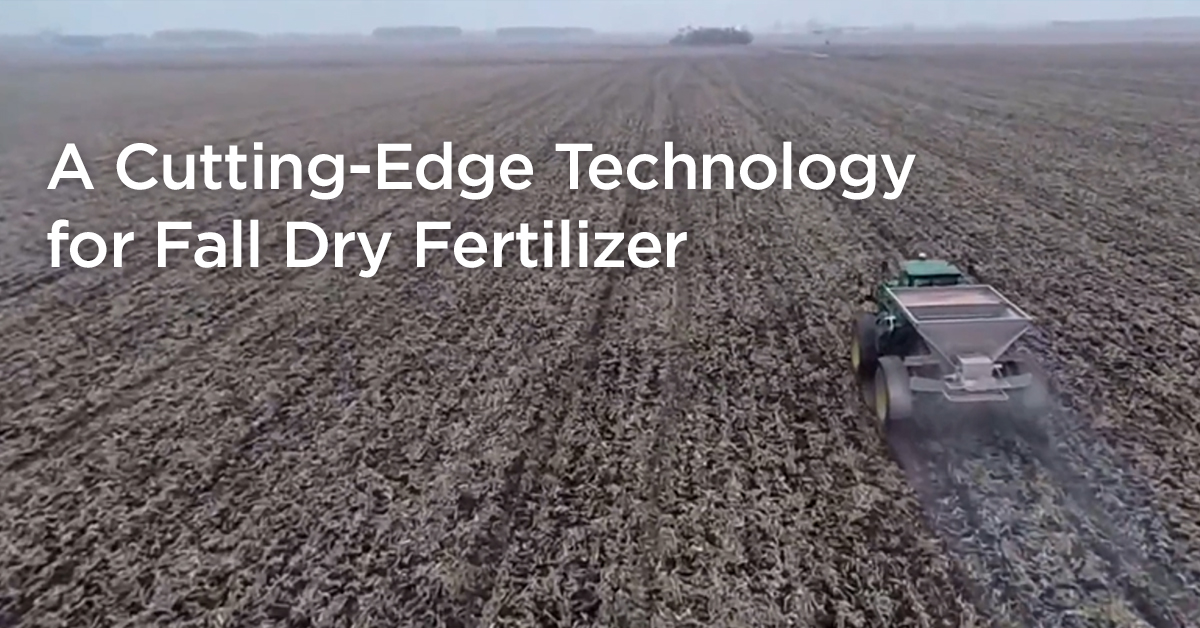


 Evan Matlock, a farmer from Greenfield, Indiana, first started using
Evan Matlock, a farmer from Greenfield, Indiana, first started using 


![[Hoosier Ag Today] Maximizing Your Dry Fertilizer Investment](https://www.agricen.com/hubfs/Dry%20Fertilizer%20Spreader.png)


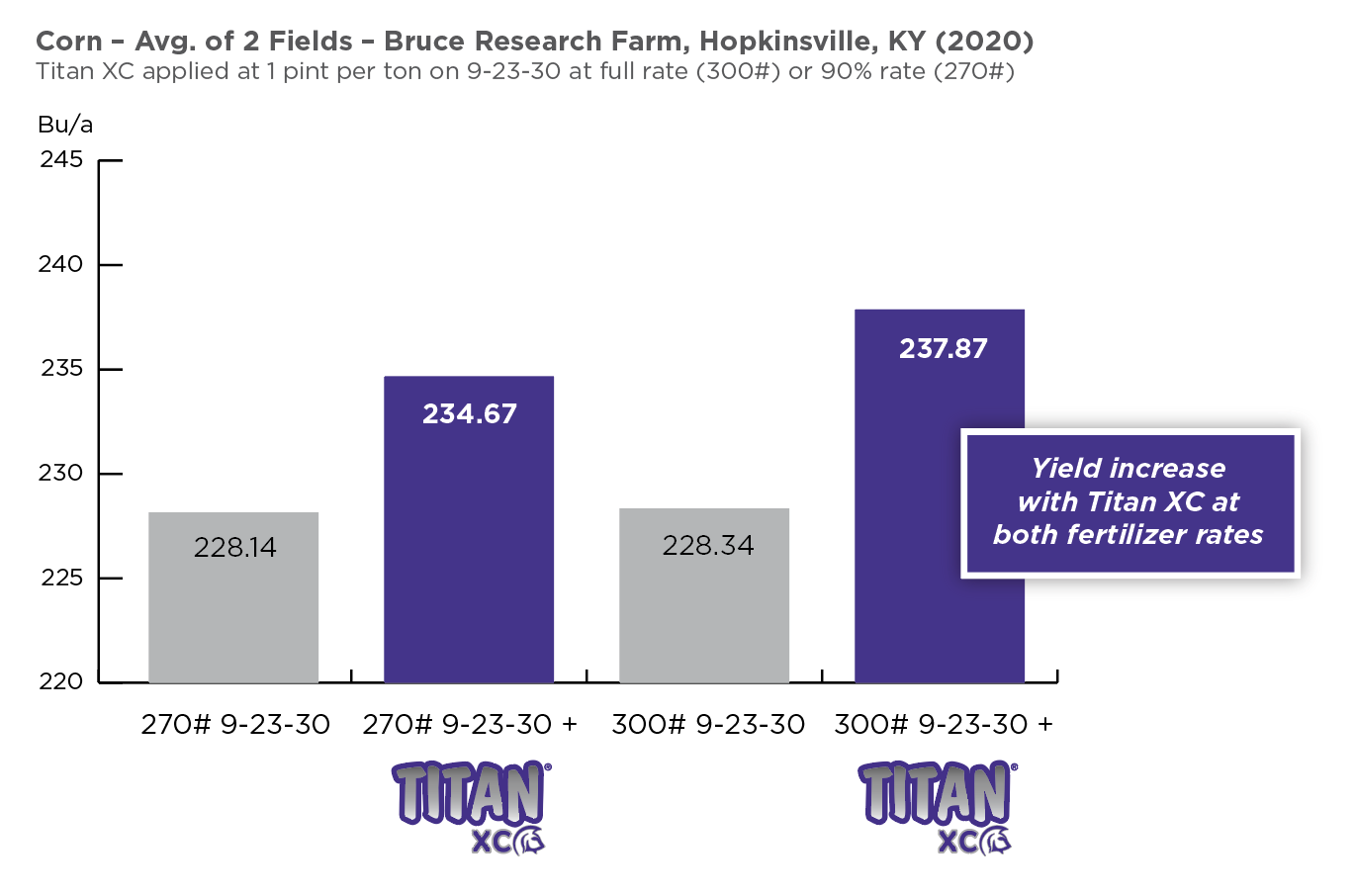


![[WITY Radio] Sometimes the Answer Is Not More Fertilizer](https://www.agricen.com/hubfs/09-21-down-on-the-farm.jpg)



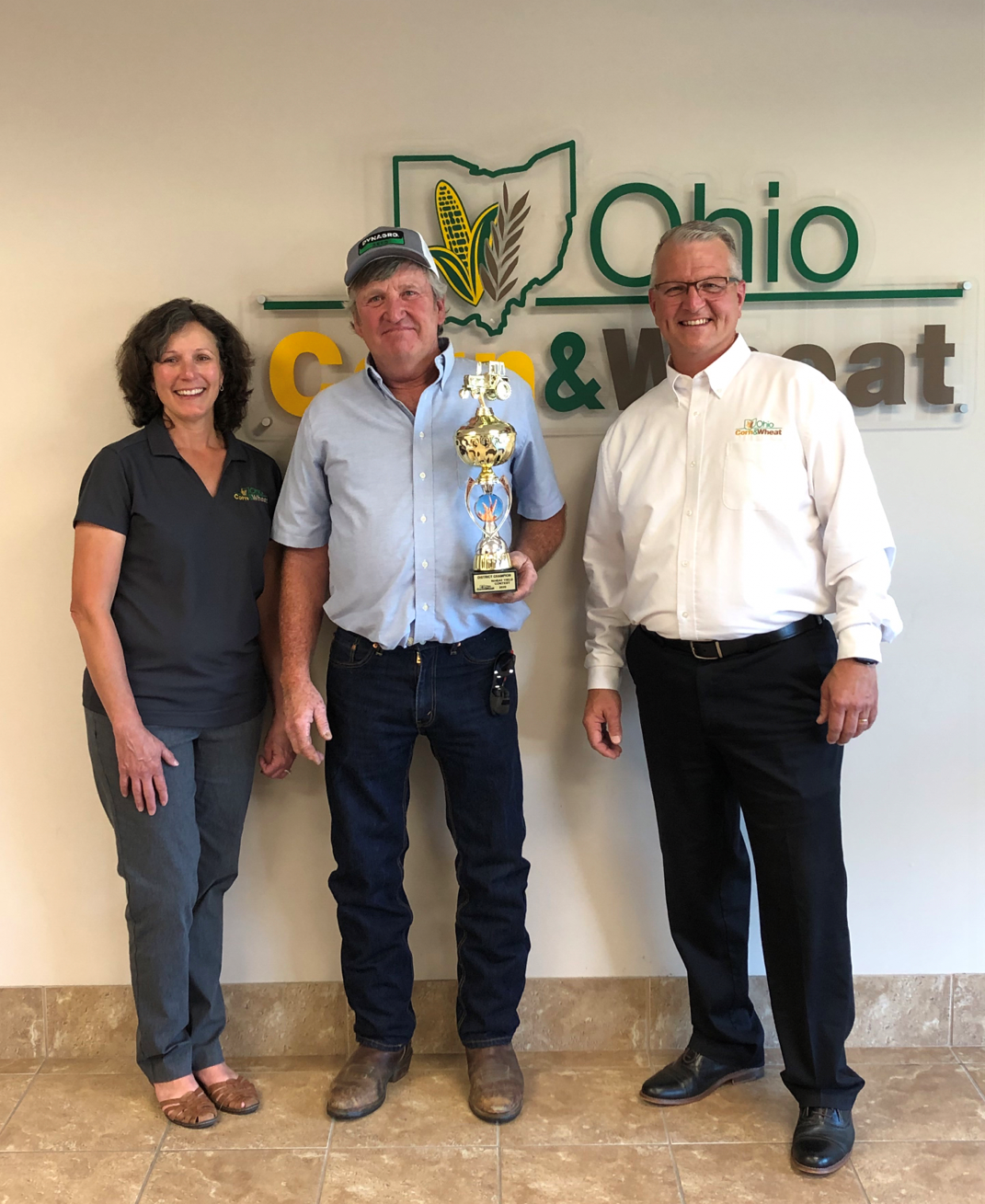 Cathy and Martin Quigley struck gold in the
Cathy and Martin Quigley struck gold in the 

